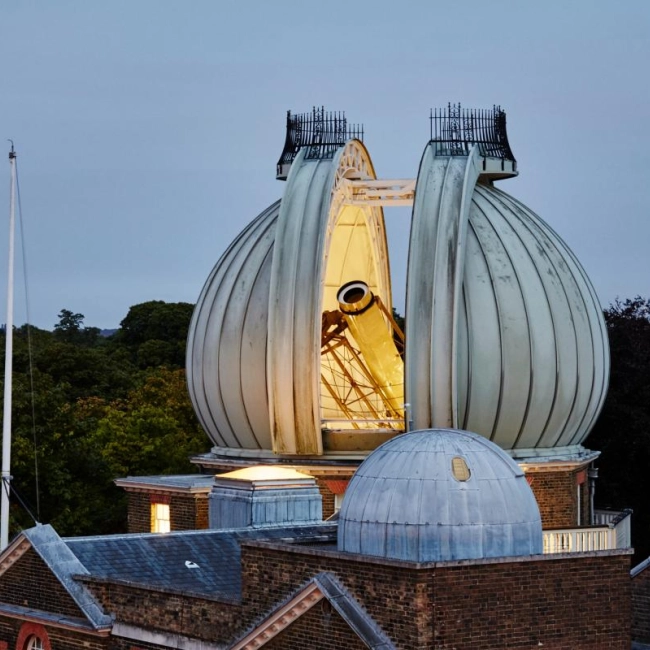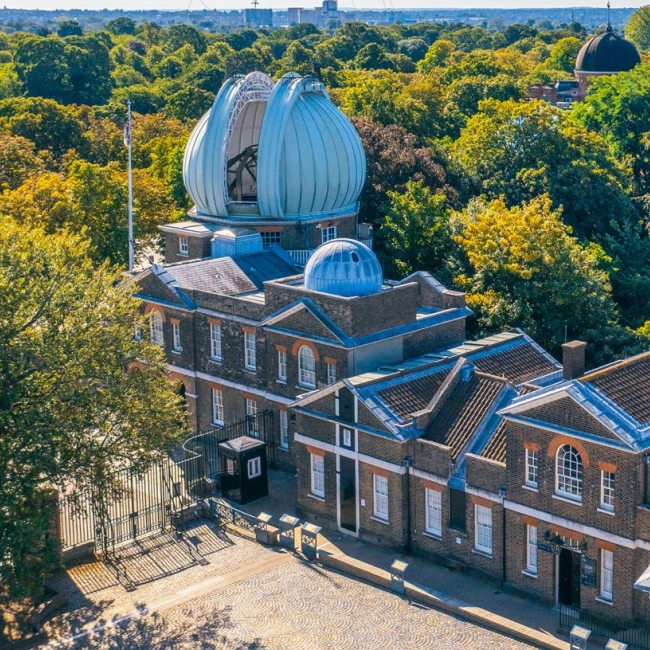Royal Observatory, Greenwich
Sobre "Royal Observatory, Greenwich"
The Royal Observatory, Greenwich, located atop a hill in Greenwich Park in southeast London, was founded in 1675 by order of King Charles II with the purpose of advancing astronomical knowledge and improving maritime navigation. To this end, he also created the position of "Astronomer Royal," first held by John Flamsteed. The observatory became a key institution for the study of the heavens and for the precise measurement of time and geographic position. In 1884, during an international conference in Washington D.C., the meridian passing through Greenwich was officially established as the Prime Meridian, giving rise to the concept of Zero Longitude and Greenwich Mean Time (GMT), the foundation of the world’s time zones.
Over time, London’s expansion and increasing light pollution made astronomical observation at Greenwich more difficult. As a result, in 1957 the scientific work of the observatory was relocated to Herstmonceux Castle in Sussex, and later to the Royal Observatory in Edinburgh. However, the historic Greenwich site was preserved and transformed into a public museum. Today, it hosts exhibitions on navigation, astronomy, and scientific instruments, including the famous marine chronometers H1 to H4 created by John Harrison, which solved the long-standing problem of determining longitude at sea. In 2005, a modern planetarium was added, allowing visitors to explore the universe interactively and connecting the history of science with contemporary technology.



